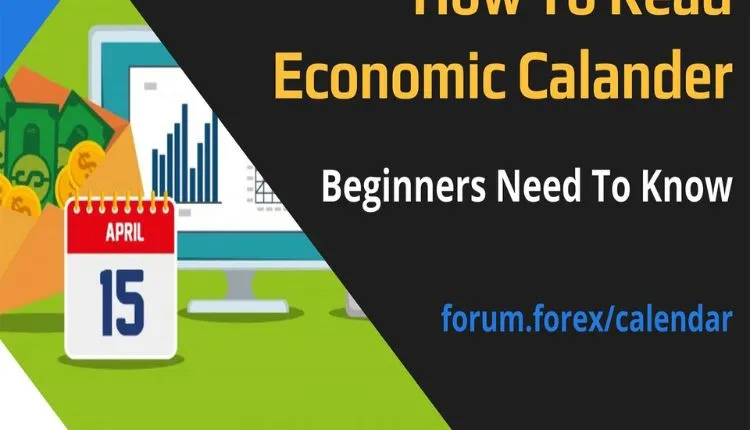Introduction:
The US economic calendar serves as a crucial roadmap for investors, businesses, policymakers, and the general public alike. It comprises a comprehensive schedule of key economic indicators, events, and releases that shed light on the health and performance of the world’s largest economy. From employment figures to inflation rates, these data points influence financial markets, shape economic policies, and provide valuable insights for decision-making. This article aims to delve into the significance of the US economic calendar, analyze its impact on various sectors, and explore potential opportunities for individuals and businesses.
Section 1: Understanding The US Economic Calendar
In this section, we will provide an overview of the US economic calendar and how it operates. We’ll explore the entities responsible for curating and publishing the calendar, such as the US government agencies, central banks, and independent research institutions. Furthermore, we’ll discuss the importance of timeliness and accuracy in the release of economic data to maintain market confidence and facilitate informed decision-making.
Section 2: Key Economic Indicators And Their Impact
This section will focus on the most influential economic indicators included in the US economic calendar. We’ll explain the significance of each indicator, how it is calculated, and what it reveals about the economy’s health. Some of the key indicators covered may include:
- Gross Domestic Product (GDP): The backbone of economic analysis, GDP measures the total value of goods and services produced within the US borders. We’ll examine how changes in GDP impact investors and businesses’ strategies.
- Unemployment Rate: A critical indicator of labor market conditions, the unemployment rate influences consumer spending, inflation rates, and monetary policies. We’ll discuss its effects on various sectors of the economy.
- Consumer Price Index (CPI): As a measure of inflation, the CPI reflects changes in the cost of living for consumers. We’ll explore how inflation impacts purchasing power, interest rates, and investment decisions.
- Federal Reserve Interest Rate Decisions: The Federal Reserve’s decisions on interest rates influence borrowing costs, stock markets, and overall economic growth. We’ll analyze the Fed’s role in managing monetary policy and its implications for different stakeholders.
Section 3: Market Reactions And Volatility
This section will investigate how financial markets react to the release of economic data. We’ll discuss the concept of market expectations, where investors and analysts predict the outcomes of economic indicators before their official release. We’ll also delve into the phenomenon of market volatility, which can occur when actual data deviates significantly from these expectations. Case studies and historical examples will be used to illustrate market reactions to both positive and negative economic surprises.
Section 4: Economic Calendar And Investment Strategies
In this section, we’ll explore how investors use the US economic calendar to formulate their investment strategies. Long-term investors, day traders, and institutional fund managers all rely on economic indicators to make informed decisions. We’ll discuss the correlation between certain economic indicators and asset classes, such as stocks, bonds, and commodities, and how investors adjust their portfolios accordingly.
Section 5: Policy Implications And Government Actions
The US economic calendar plays a crucial role in shaping economic policies and government actions. Economic indicators often trigger policy responses aimed at addressing specific economic challenges. We’ll analyze how policymakers use the data to fine-tune fiscal and monetary policies to foster economic stability and growth. Additionally, we’ll discuss the challenges of policy implementation and the risks associated with overreliance on economic indicators.
Conclusion:
The US economic calendar stands as an invaluable tool for understanding the intricacies of the nation’s economy. It serves as a guiding light for investors, businesses, and policymakers, offering crucial insights into economic performance and trends. Through this article, we’ve explored the significance of the US economic calendar, its impact on various sectors, and the opportunities it presents for making informed decisions.
FAQs:
Q1: How often is the US economic calendar updated? A1: The US economic calendar is updated regularly and typically includes monthly, quarterly, and annual releases of economic data. Some indicators are released more frequently, such as weekly jobless claims.
Q2: How can individuals use the economic calendar to their advantage? A2: Individuals can use the economic calendar to make better financial decisions. For example, they can plan major purchases during periods of low inflation, keep track of employment data for job opportunities, and adjust their investment strategies based on market expectations of economic indicators.

